Before the North American theatrical release, Collider’sSteve Weintraubspoke with Clapin about making the leap from animation to live-action.
COLLIDER: Your last film did quite well with critics, audiences, and even the awards season.
It was a seven-year journey.

Am I ready to jump to a five or six-year process doing an animation movie for adults?
I like movies, not especially animated movies.
But after this movie, I had some opportunities.
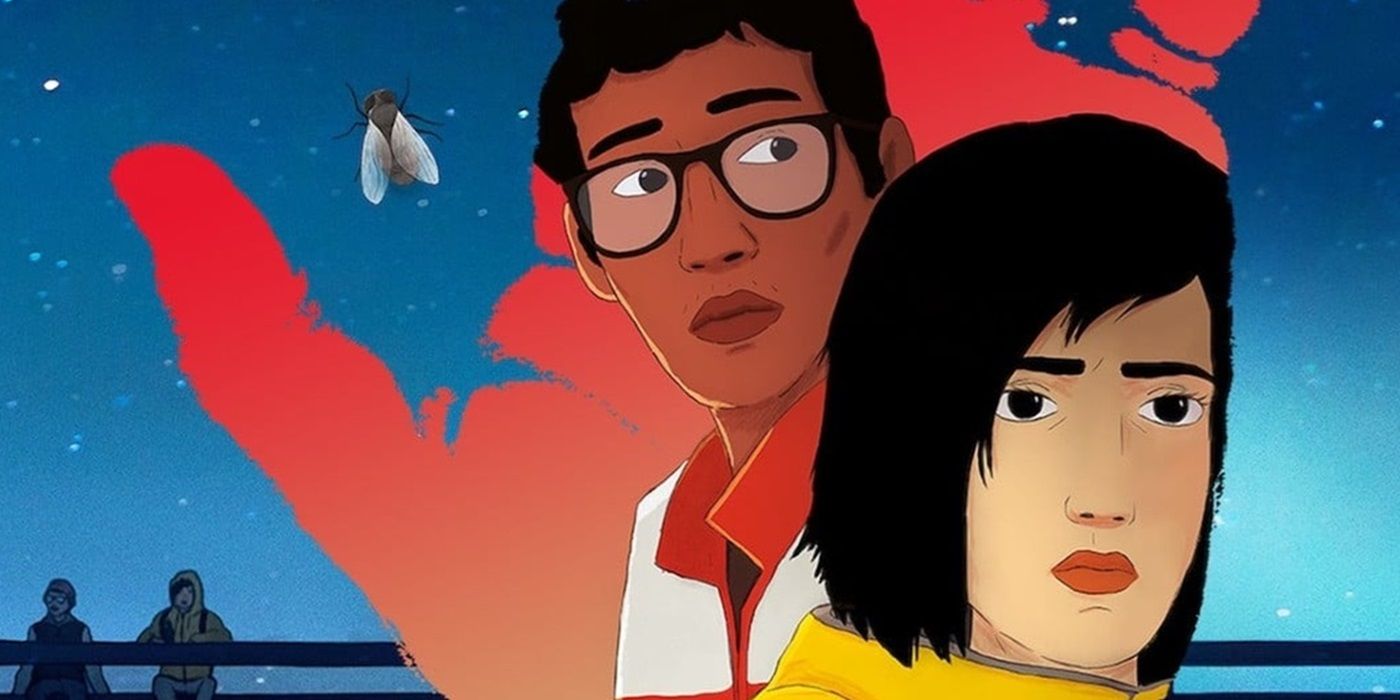
Image via Netflix
Jeremy Clapin’s award-winning animated film is now vying for an Oscar.
CLAPIN: [Laughs] You’re right.
That’s the problem.
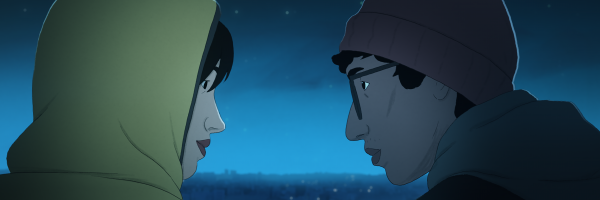
It’s hard to find a good concept in an animation to do what I do with real signification.
I was solicited to do other feature film animation but not for adults.
It was more kids or a teenage movie, and I really don’t want to do that.

I like that but I don’t want to spend my time on that.
In live-action, when you make a movie, it’s considered first for adults.
In animation, when you make a movie, it first would be considered for kids.

Image via Metrograph
So, you don’t have to fight that.
So, you’re right.
When I asked people, Can I do a feature film but in live-action?
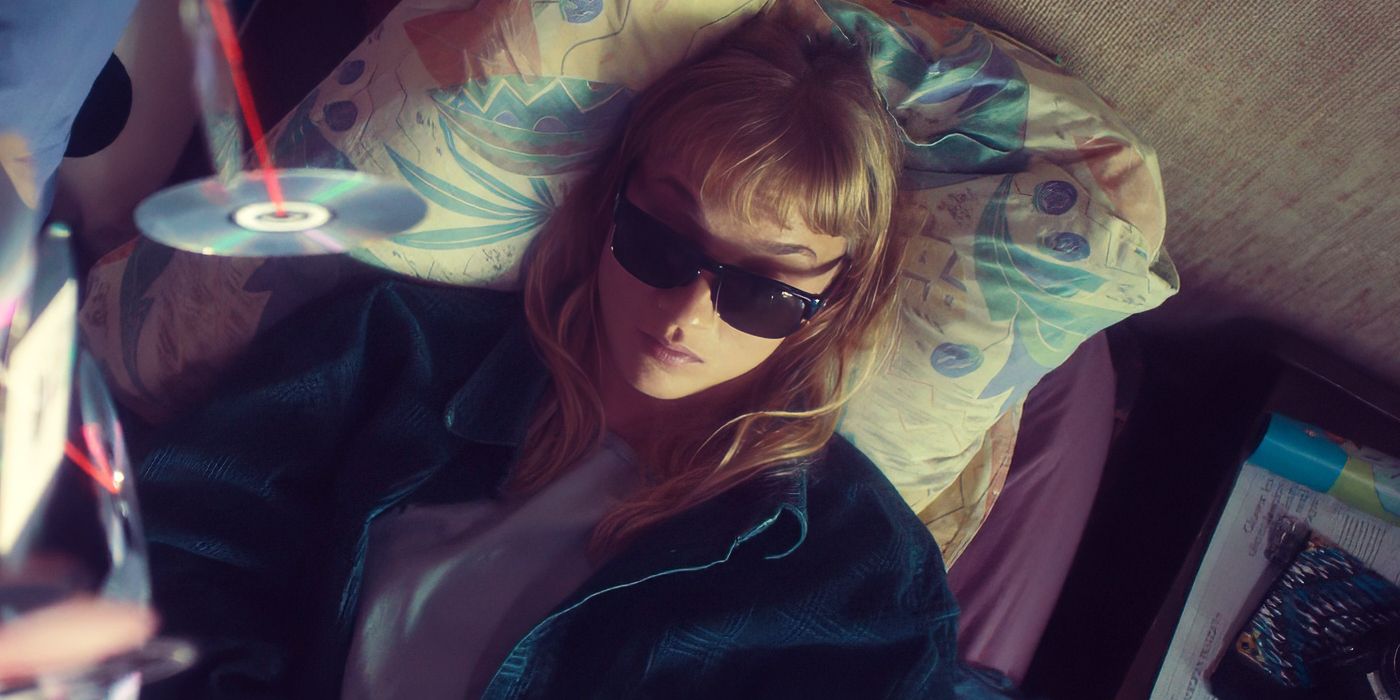
Image via Metrograph
I’m very interested.
I understand that it’s hard for people to take the risk on the first jump to live-action.
Did you debate on a few different things?
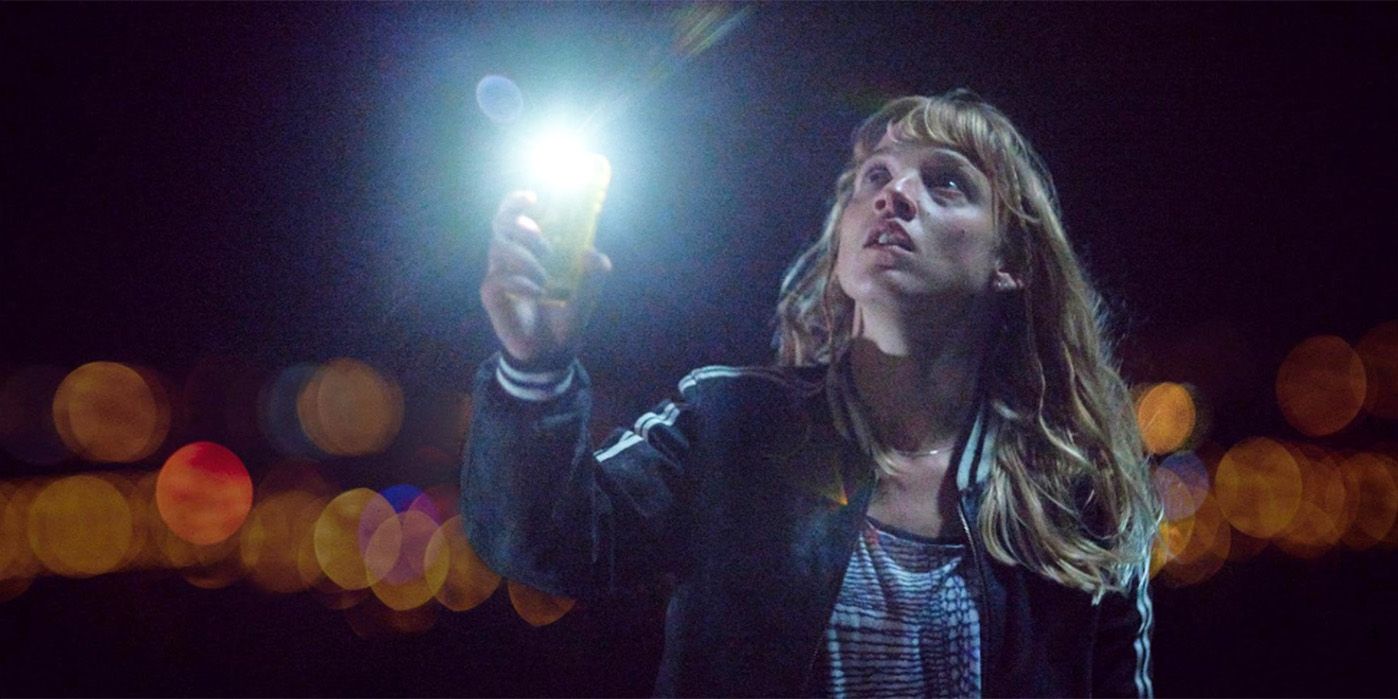
I used to do that in animation, but I also wanted to explore this in live-action.
It also starts with a fascination I have with space, and space is always represented.
I will never go to space, but with the cinema, it’s possible.
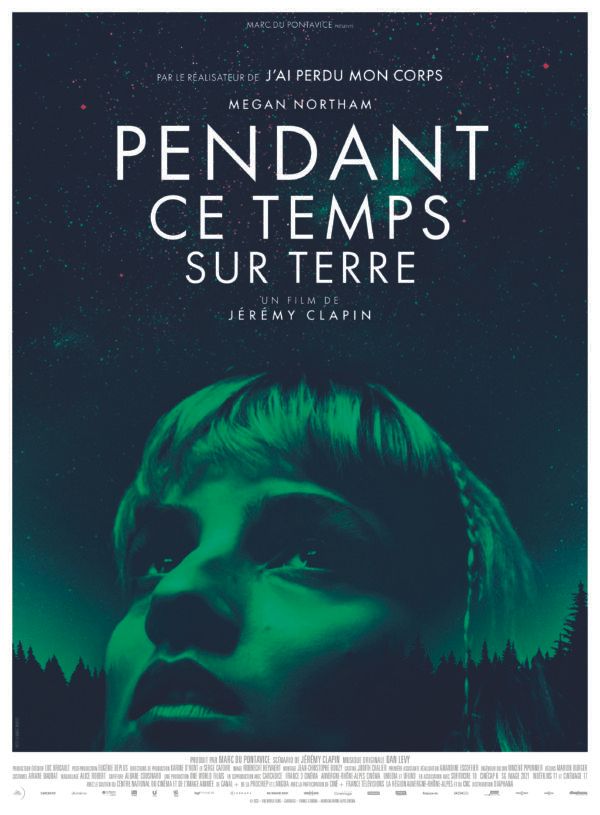
A 23 year-old girl is contacted by an unknown life form claiming to be able to bring her older brother safely back to Earth, who disappeared during a space mission.
So, there is this fascination I had with space through the films story.
We are stuck on Earth, and we are always fascinated by this territory we cannot reach.
I started to think about the relationship between Earth and space.

We are in the present, and we always want to go to the past or the future.
We are in the world of reality, and we want to go to an imaginary world.
Was it always your intention to come up with an ending that would leave audiences debating?

CLAPIN: My endings are always a bit open.
Am I in a dream?
Thats the feeling I wanted to convey at the end.

The second feature from the filmmaker behind I Lost My Body is a must-see sci-fi film.
I’m pretty sure I know the ending, but some audiences may say it’s something else.
But people, in the end, wanted her to succeed.
But for me, how can you live after doing what she just did?
So, it excluded one of the endings and brought the other one more efficiently.
The film asks the question of what wouldyoudo in this situation.
Would you sacrifice people?
It’s asking tough questions.
Also, she did that, in fact, but can she live after that?
Is there a way to live and to forget what you did?
I don’t know.
I’m fascinated by the editing process because so much is determined in the editing room.
So, that was the main balance we had to make.
There were four animation sequences already that were very well scripted and they didn’t move.
It was really a balance of what to give as information or to retain.
Did you end up with a lot of deleted scenes?
CLAPIN: Not so much.
There is maybe one where theyre kids and she’s looking at the TV show with a young brother.
I wanted to be in the action.
CLAPIN: I came with a lot of desire to collaborate with actors and the crew.
But in animation, I am a control freak, and I control everything.
There’s no right or wrong answer.
CLAPIN: Yeah, but that would make me scared.
[Laughs] Its like a kind of security to be precise in your storytelling.
How did you figure out how much animation to put in the movie?
But the risk when you put animation in is you ask people to follow you into another universe.
I wanted to be very subtle, just seven minutes.
What are you most excited for audiences to see when they finally get to watch the film?
It’s more intimate and it brings the audience inside themselves somehow.
Meanwhile on Earthis now playing in select theaters.